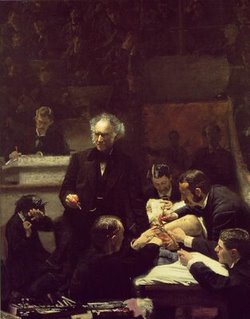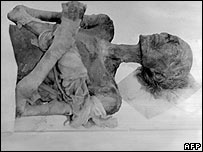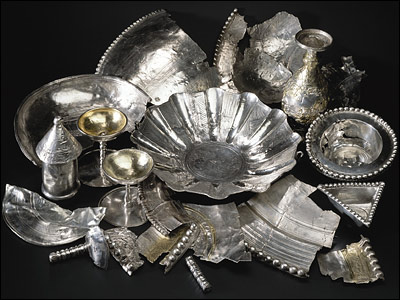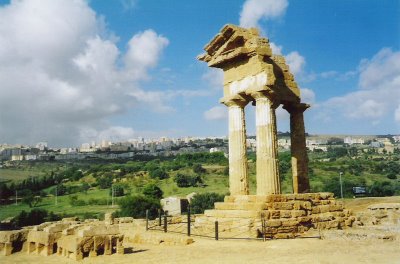
Thomas Eakins' "The Gross Clinic" has been nominated for protected status by Philadelphia's mayor. This may effectively mean the work will not be sold later this month as proposed. I've written about the proposed sale before here. Donn Zaretsky has posted a number of interesting developments as well.
Stephan Salisbury of the Philadelphia Enquirer reported yesterday that Philadelphia's mayor has designated the work as a historic object, which would prevent the work from being sold, as proposed by the trustees of Thomas Jefferson University. The University had agreed to sell the work for $68 million to a new museum in Arkansas funded by heirs to the Wal-Mart fortune. The University voluntarily gave local institutions until December 26th to match the price and keep the work in Philadelphia. However, the city has stepped in to prevent removal.
This is an interesting turn of events, and is the only example I'm aware of a city preventing the export of a work of art. Many nations attempt to prevent the export of works of art, but I am aware of no individual cities preventing the removal of an important work. The US is among the few nations in the world which has no export restrictions on works, due in part to its status as the largest art importer in the World. It's quite interesting to see an individual city make make similar claims to that of source nations such as Peru, Mexico or Egypt. The potential litigation in this case should be very interesting to watch unfold, if the trustees are unable to reach a satisfactory resolution with the city.
UPDATE:
Donn Zaretsky points out that this is not the first time Philadelphia has used historic designation to keep a work in the city: In 1998, "[in] the case of Dream Garden, a collaboration of Maxfield Parrish and Louis C. Tiffany whose sale ignited considerable public controversy, the Historical Commission acted after receiving a nomination request from then-Mayor Ed Rendell." The Commonwealth Court's decision on the case is available here.





















